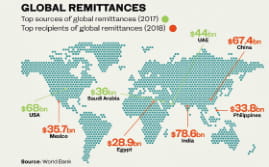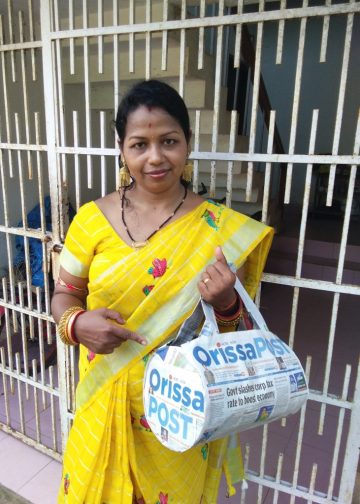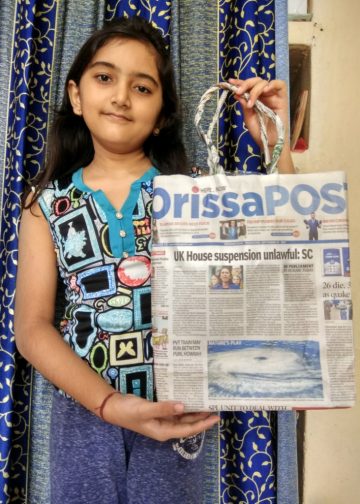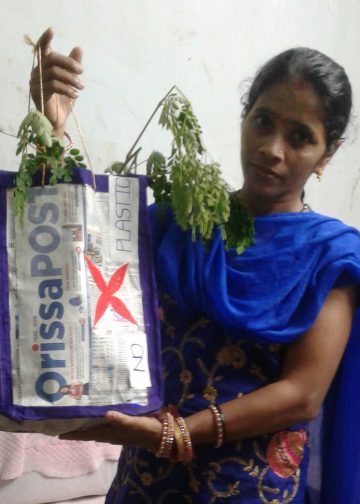Through this observance, the UN aims to bring greater awareness of the impact that these remittances have on millions of households, but also on communities, countries, and entire regions
- More than 200 million migrants around the world send money to their home countries, supporting more than 800 million family members, most of who are in low- to middle-income countries (LMICs)
- World Bank data shows that in 2018 remittance flows to LMICs reached $529 billion, an increase of 9.6 percent compared to 2017 figures
- The figure is expected to grow this year to $550 billion, making it larger than foreign direct investment and official development assistance flows
The International Day of Family Remittances (IDFR) is a universally recognised observance adopted by the United Nations General Assembly and celebrated every year June 16. The day recognises the contribution of over 200 million migrants to improve the lives of their 800 million family members back home, and to create a future of hope for their children. Half of these flows go to rural areas, where poverty and hunger are concentrated, and where remittances count the most.
Through this observance, the UN aims to bring greater awareness of the impact that these contributions have on millions of households, but also on communities, countries, and entire regions.
The day also calls upon governments, private sector entities, as well as the civil society, to find ways that can maximise the impact of remittances through individual, and collective actions.
The IDFR is fully recognised at the global level, and included as one of the key initiatives to implement the newly-adopted Global Compact for Safe, Orderly and Regular Migration (Objective 20), also calling for the reduction of remittance transfer costs, and greater financial inclusion through remittances.
The day also furthers the 2030 Agenda for Sustainable Development and the Sustainable Development Goals (SDGs).
Towards these objectives, the United Nations International Fund for Agricultural Development (IFAD), as custodian of the IDFR, is supporting the #FamilyRemittances2030 Campaign, to allow stakeholders to endorse the values the day represents and to showcase their engagement.
The Middle East, especially the Gulf region, is full of stories of migration, separation from loved ones, and remittances. The narrative is as much of economic success as it is of human resilience. Economic migrants form the backbone of a flourishing remittance industry that is only projected to grow.
The UN estimates there are more than 200 million migrants around the world who send money to their home countries, supporting more than 800 million family members, most of whom are in low- to middle-income countries (LMICs).
World Bank data shows that in 2018 remittance flows to LMICs reached $529 billion, an increase of 9.6 percent compared to 2017 figures. This is expected to grow this year to $550 billion, making it larger than foreign direct investment and official development assistance flows.
According to the bank: “In the coming decades, demographic forces, globalisation and climate change will increase migration pressures both within and across borders.”
The movement of people across international boundaries for work is a natural occurrence in a world where skill sets differ from one country to another.






































